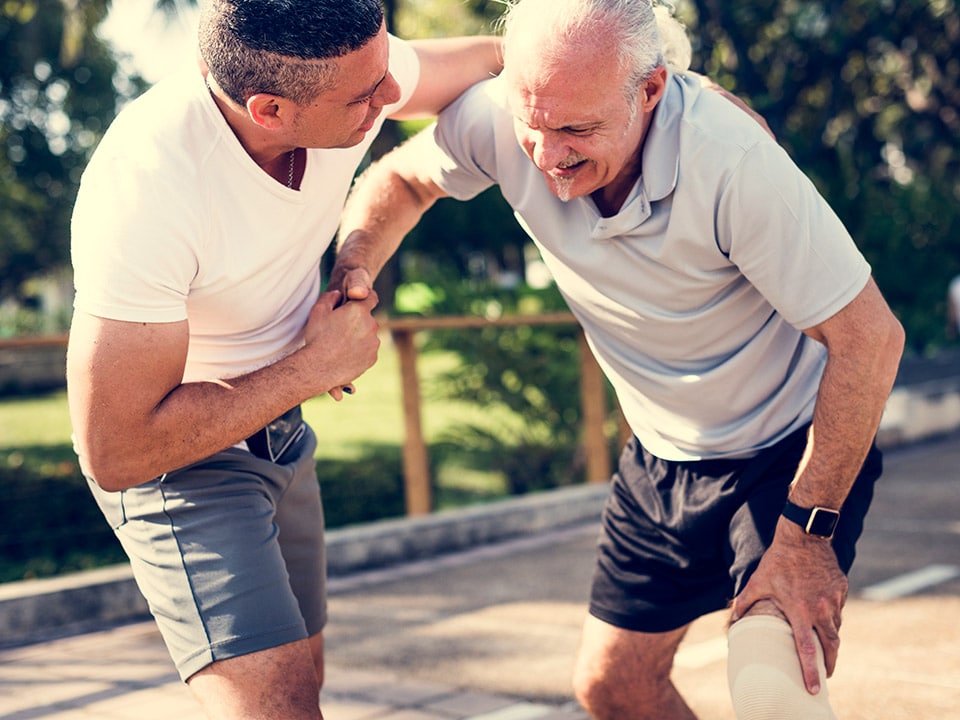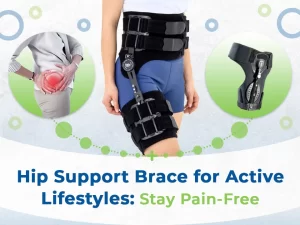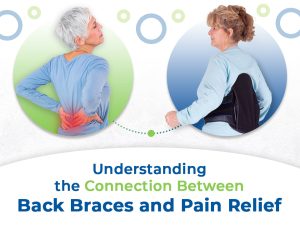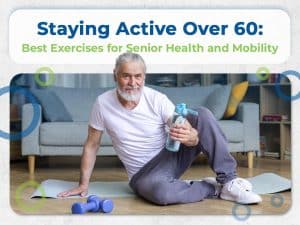Knee (Knee Bracing) Osteoarthritis (OA) is a leading cause of disability worldwide. Roughly 250 million people are affected by knee OA, and about 14 million people in the U.S. have been diagnosed with it in the past 20 years. OA of the knee is commonly known as wear and tear arthritis and usually affects one side of the knee more than the other. This wear and tear can throw knee alignment off, resulting in a knock knee or bow leg appearance.
Medial OA knee pain refers to pain on the inside of the knee joint and is usually associated with a bow leg (Genu Varus) alignment. Lateral OA knee pain refers to pain on the outside of the knee and is generally associated with a knock knee (Genu Valgus) alignment.
To date, there’s no cure for OA, so medical professionals prescribe palliative care to patients who are diagnosed with it. A knee brace is a common treatment for KOA. Your doctor can prescribe one based on your symptoms, their severity, and a few other factors. In this article, we’ll discuss five scientifically-proven benefits of using knee orthotics for osteoarthritis. Before that, let’s jump in to find out the major symptoms of KOA.
Symptoms Of KOA
Knee osteoarthritis is a degenerative condition that often afflicts older adults in their weight-bearing joints. The knee joint is the most common area for OA, and it usually appears after the age of 45. Patients can manage the condition for several years before needing knee replacement surgery.
Wear and tear of the joints, obesity, metabolic issues, or trauma can cause OA. Repeated joint stress, such as running or playing aggressive contact sports, is also a major contributing factor to knee osteoarthritis. There are several other symptoms of KOA, some of which include:
- Pain or discomfort in the knee, usually on one side of the knee, or general knee pain. The pain usually worsens with increased activity.
- Swelling around the knee joint. This can be generalized across the knee or in an isolated area.
- Increased stiffness, particularly after periods of rest.
- Decreased mobility, making certain activities more challenging such as getting up from a seated position or out of a car.
When Should People Wear A Knee Bracing?
People may wear a knee brace in the following situations:
- While recovering from surgery
- While playing sports
- To relieve pain from a knee injury
- To relieve arthritis pain
Some knee braces are designed for continuous use. Others are only intended for use during exercise or sports. Your doctor can recommend a knee brace based on your needs and medical history and can indicate how to best use it.
Types Of Knee Orthoses For Osteoarthritis
There is a range of orthotic interventions for OA knee pain. Knee braces are a standard, conservative, and non-invasive form of managing the painful symptoms associated with knee OA. These types of braces are usually known as unloaders or off-loading knee braces and are made to improve knee alignment and reduce pressure on the affected area. Several orthotic interventions are available to treat knee pain. Here are five:
1. Insoles
For patients with mild medial knee OA, an insole can improve overall lower limb alignment. A laterally-wedged insole can help reduce the pressure accumulating inside the knee joint as you walk. These insoles can also help with other OA-linked foot and ankle issues. This is an easy-to-wear option for patients with mild symptoms.
2. Sleeve Knee Supports
These supports are used for mild knee OA and provide pain relief during increased activity. They’re usually made out of elastic or neoprene and designed to offer circumferential pressure and generalized compression and support around the knee joint. They are lightweight, inexpensive, and easy to use. However, they provide no additional side-to-side stability. They don’t provide any alignment adjustment when the knee pain is due to wear and tear on the inside or outside parts of the knee.
3. Hinged Fabric Knee Supports
For mild to moderate knee OA, knee bracing with additional side-to-side hinges can be used. These braces are usually made out of elastic or neoprene and offer increased stability thanks to the flexible or rigid struts built into either side of the knee brace. Hinged fabric knee supports are ideal for patients struggling with generalized knee pain and a bit of joint instability. They are simple to fit, lightweight, and flexible for everyday use. However, these braces do not alter knee alignment for patients with knee pain that is more isolated to the inside or outside of the knee and would provide insufficient alignment support for patients with more severe knee OA pain.
4. Improves Knee Function
Unloader or offloading knee braces are the most common braces for moderate knee OA symptoms. These are hinged braces of fabric and elastic construction that offer the ability to adjust the knee brace’s alignment to offload the knee’s affected side. Medial knee pain commonly involves applying pressure outside the knee joint to push across and relieve pressure at the affected joint. These braces are specifically designed for use in patients with knee OA and provide comfortable compressive support and gait alignment improvements for pain relief.
5. Rigid Offloading Knee Braces
These braces offer increased support for moderate to severe knee OA thanks to their rigid frame. The three-point pressure design of the brace offers effective support and pressure relief for the joint. They are designed to reduce further wear and tear of the joint and facilitate continued activity and mobility. The three-point force design applies pressure to the outside of the knee and reduces pressure and pain in the knee’s inner (medial) area.
Five Benefits Of Using Knee Orthosis For Osteoarthritis
Wearing a knee brace for OA can reduce the need for total knee replacement (TKR) surgery later on. There’s medical research that concludes that using a brace lowers the requirement for opioids and pain-relieving injections, which is great news for patients suffering from knee osteoarthritis. There are five major benefits of using a knee orthosis, some of which include:
1. Minimizing Articular Contact Stress by knee Bracing
The knee unloader brace or the pneumatic brace slightly pulls the two bones of the knee joint apart, just enough to create adequate space in the joint. Knee osteoarthritis happens when the natural joint space becomes reduced due to cartilage loss. So the separation created by a knee brace increases comfort. Also, it protects the joint from further damage due to excessive articular contact stress.
- Pain Reduction
OA causes pain whenever during movement since the bones of the joint rub against each other instead of sliding over the cartilage. A knee brace will divert the weight from the spot of highest contact, thus reducing the pain.
The knee joint is divided into the medial and the lateral portions, and most patients have OA in one of these compartments, called unicompartmental knee OA. At this stage, offloading the most damaged area with a knee orthosis decreases pain and improves the ability to walk.
- Adds Stability To The Knee
Weak supporting structures around the knee and joint contribute to osteoarthritis. In such cases, a hinged brace or a polypropylene knee sleeve provides three-dimensional external support to make up for the loss of internal stability. It’s also worn as a preventive measure to reduce wobbling while walking or standing.
- Improves Knee Function
Wearing a knee brace lessens pain and improves stability, so you feel more confident and safe while participating in physical activities and strength-training exercises. Therefore, using a knee orthosis directly contributes to reduced disability due to osteoarthritis. Your muscle strength also improves due to the increased weight-bearing activities you can perform while wearing a brace compared to without one. A knee orthosis also improves the range of motion, the rate of bending (flexion), and knee extension while walking.
- Corrects Misalignment
Most patients alter their walking patterns due to knee pain. That leads to additional problems in the hips and back. A knee orthosis corrects the knee alignment and provides stability by applying a medially or laterally directed force to counter the misalignment during walking. That improves the gait pattern of patients suffering from knee osteoarthritis.
Conclusion
Technology and medical research have improved the quality and variety of knee orthosis for osteoarthritis. Knee braces can provide relief from discomfort and protect your knee from injuries in many different circumstances. You must use your brace correctly and stay in touch with your healthcare provider or physical therapist about your changing needs so you can get the maximum benefit from wearing your brace.
Read More about Back Pain







